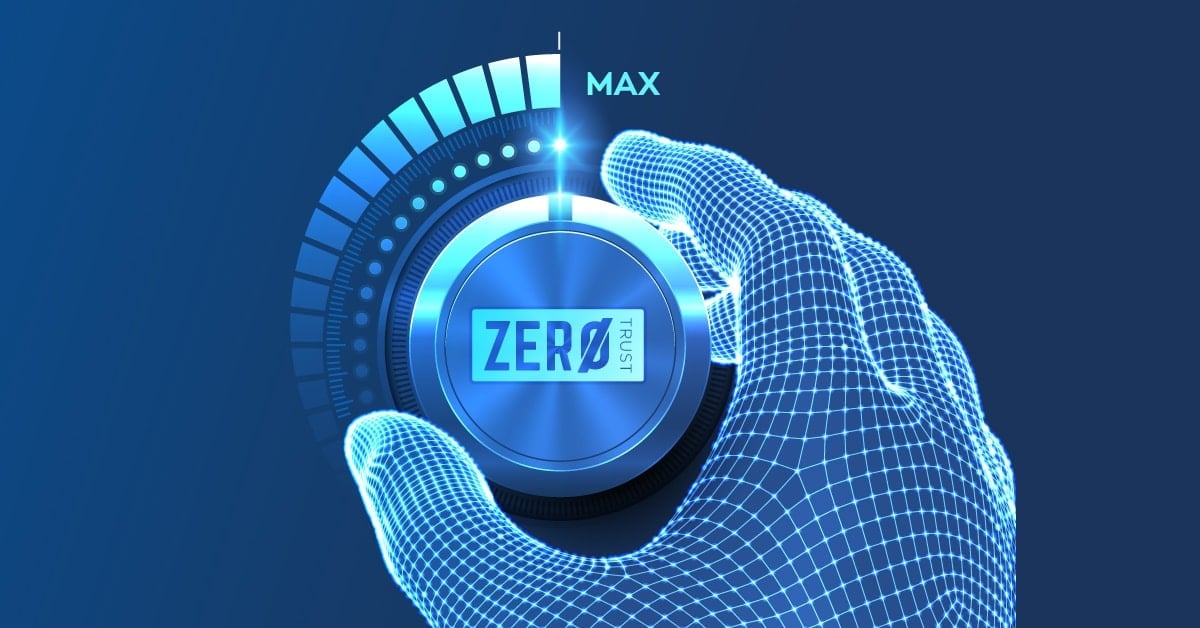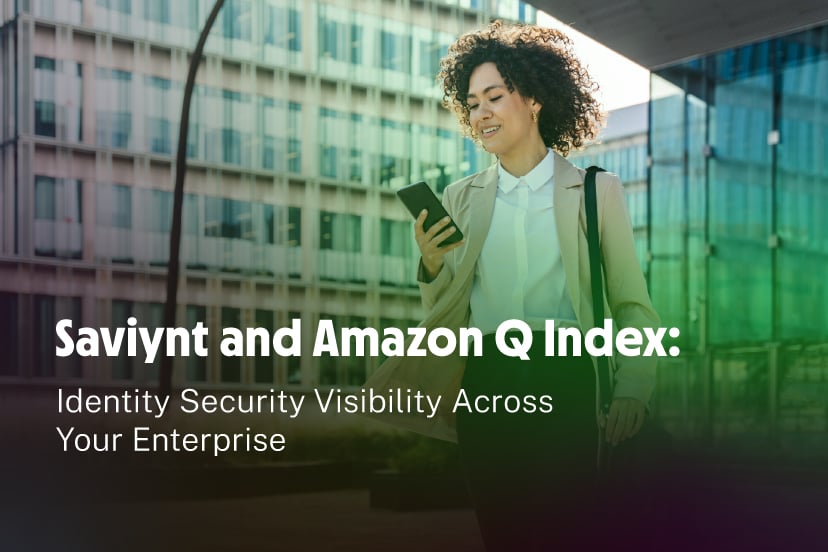New technology demands new ways of thinking. When the car replaced the horse as the standard mode of transportation, city planners had to rethink roadways and logistics completely. If they hadn’t, the new technology wouldn’t have been usable.
Data security based on standing privilege worked well when everyone was using on-prem servers and VPNs. But now that networks have moved to the cloud, standing privilege creates undue risk. Employees with privileged access can become disgruntled or fooled by phishing attacks. And hackers can steal credentials more easily with advanced technology and constantly-changing methods. The problem isn’t a small one — 74% of today’s data breaches involve compromised privileged access credentials.
Zero Trust solves this issue by eliminating standing privilege. No one has automatic trust. Every user (human and non-human) must request privileged access each time they want into a system, database, or application. And when access is granted, it’s time-limited. As a result, Zero Trust significantly reduces the damage that access violations can cause.
Let’s look at how Zero Standing Privilege protects organizations.
What is Zero Standing Privilege?
Traditional approaches to access management attempt to protect identities that have permanent privileges. But as we’ve seen, modern technology (such as social engineering, phishing, and keyloggers) allows attackers to too-easily swipe these identities. Rather than focus on risk mitigation, why not eliminate the risk caused by standing privilege?
Just-in-Time and Just-Enough Access
Zero Trust replaces always-on privilege with least-privileged access, also called just-in-time or just-enough access. When a user requests privileged access, they’re granted it only if the request meets a set of criteria indicating it’s a standard one. And the user is given access to only what they need to complete the job — for a specific length of time necessary to complete the task. When the user has finished the task, they lose their access privileges.
What About Admins?
Admin credentials with standing privilege are especially dangerous because hackers can gain access to an entire infrastructure — or steal an entire data warehouse of information — if they get control of a single admin account. With Zero Trust, no one has standing privilege, even admins. They also must request access and receive a temporary job-based identity to access what they need.








